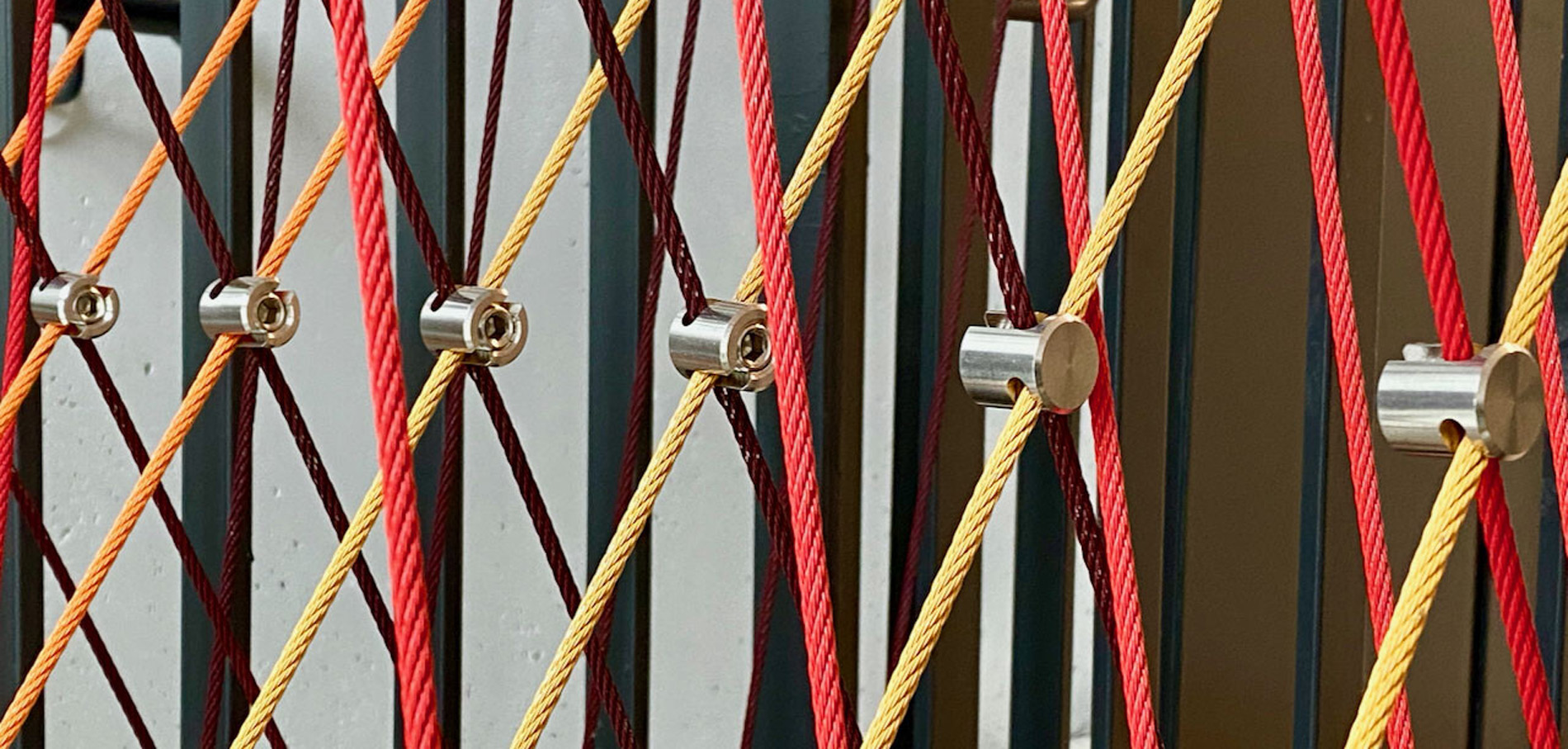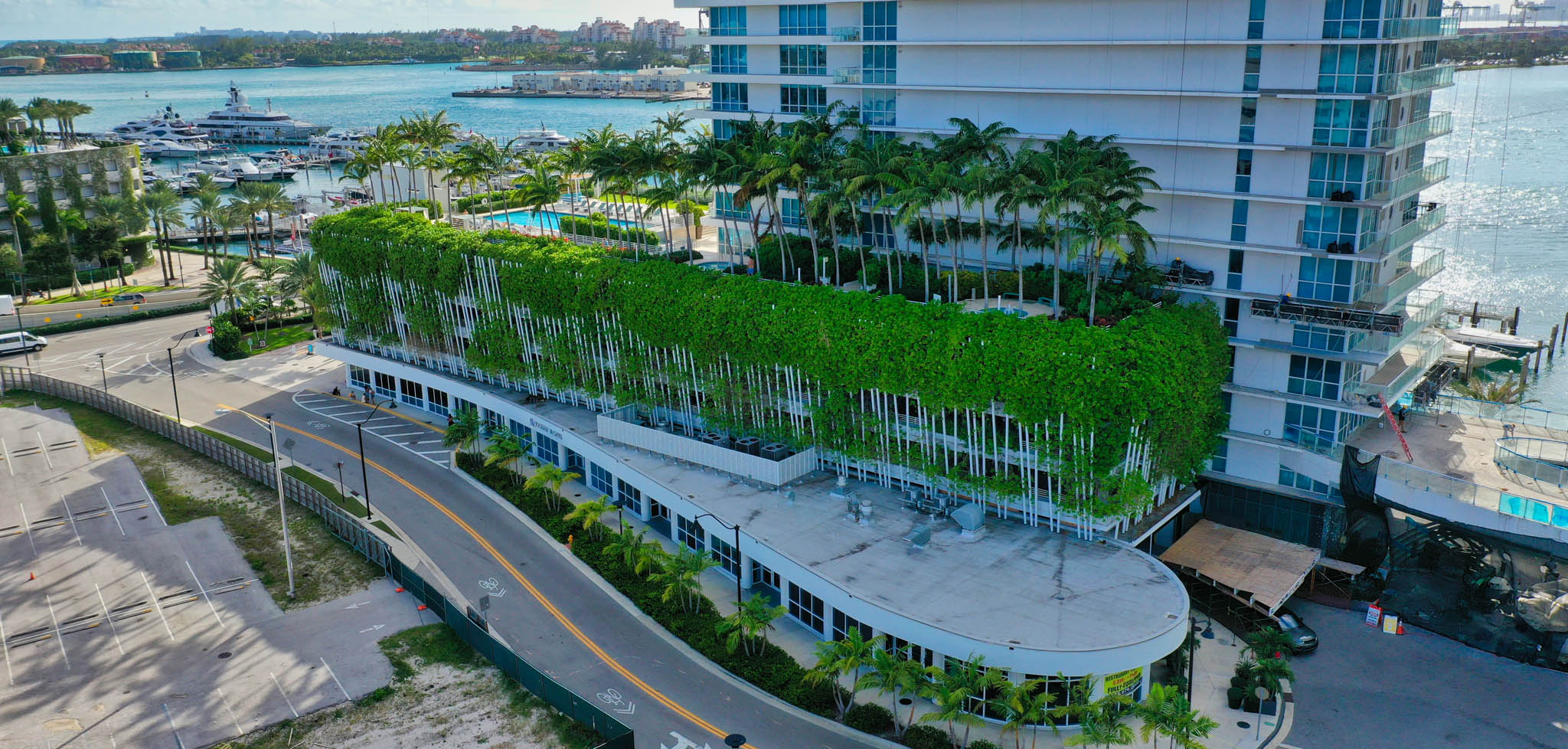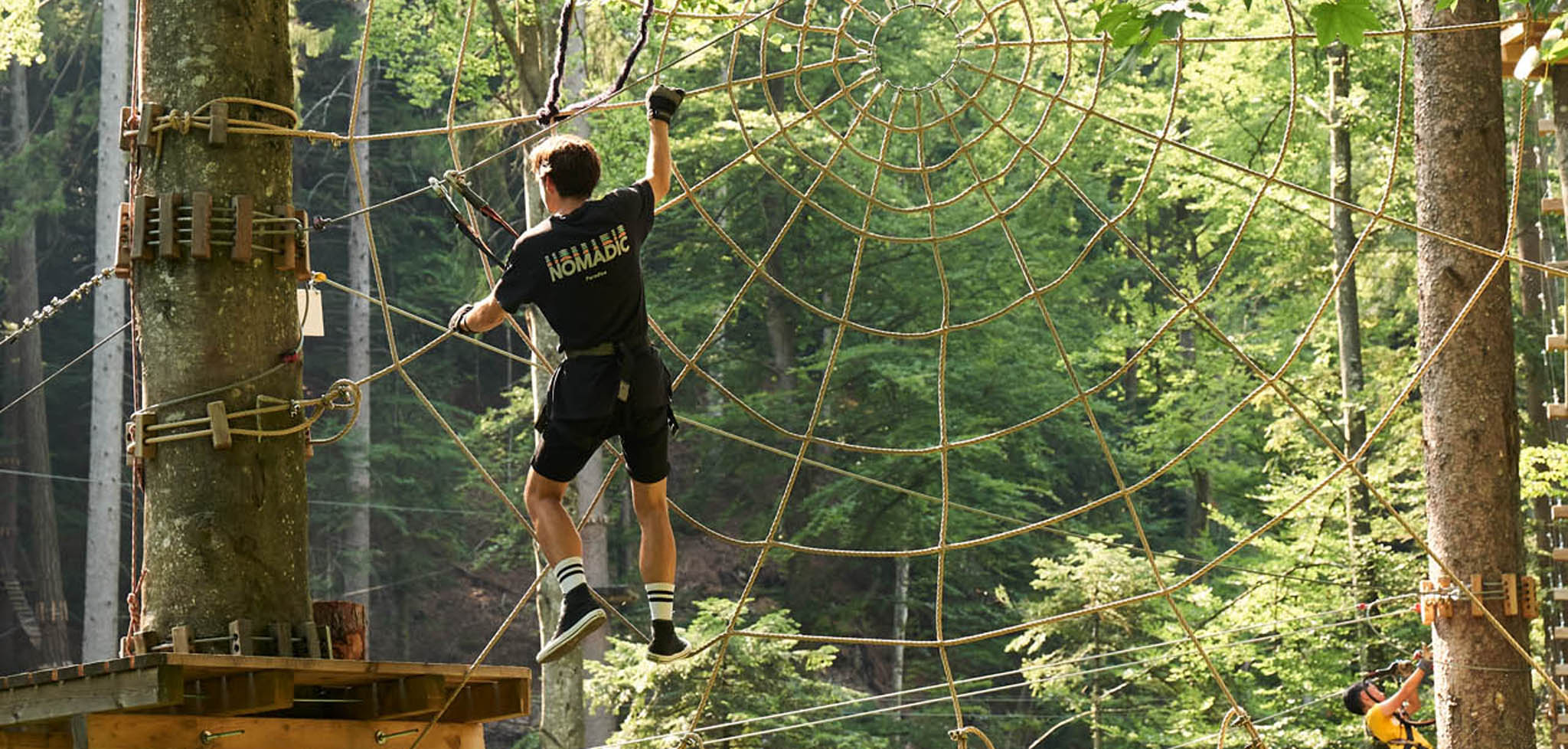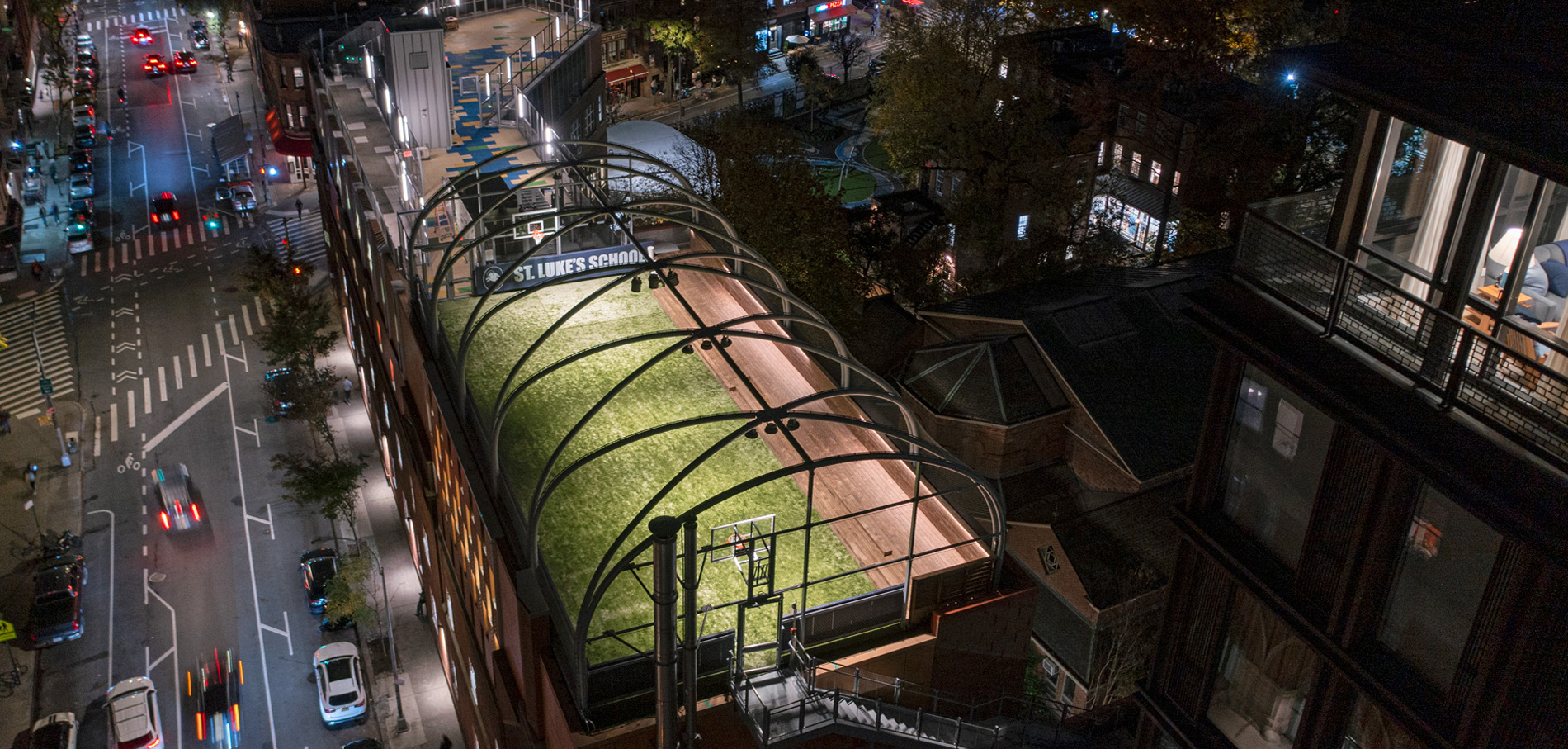The Jakob factory
Saigon – Vietnam
Saigon – Vietnam
Arc Award Winner 2022
Text: Reuben Freed – Images : Copyright by Oki Hiroyuki.
[fusion_dropcap color=”#2249a4″ text_color=”” boxed=”no” boxed_radius=”” class=”” id=””]C[/fusion_dropcap]lustered in a three-building, multi-story structure around a landscaped inner courtyard is a factory like no other in the region. The Jakob Saigon Ltd. plant and showroom, on a 30,000m2 site in the center of an industrial park north of Saigon, is a highly innovative, deeply considered and high-functioning manufacturing space destined to become an iconic design reference for sustainable tropical industrial architecture.
Industrial parks combine industrial activities with infrastructure, service, and commercial activities. These parks comprise a collection of businesses, heavy and light manufacturing, located in dedicated industrial zones to boost efficiency, minimize logistical and operational costs, and maximize output. Though industrial parks contribute to economic growth and social development in a region, they can also cause negative social and environmental impacts: air and water pollution, heavy traffic congestion, greenhouse gas emissions, land contamination, over-extraction of resources, labor abuses, and social disruption. Regulatory safeguards are often poorly enforced and subject to corrupt practices. These impacts, in turn, contribute to climate change, environmental degradation, and ultimately deterioration of the social fabric.
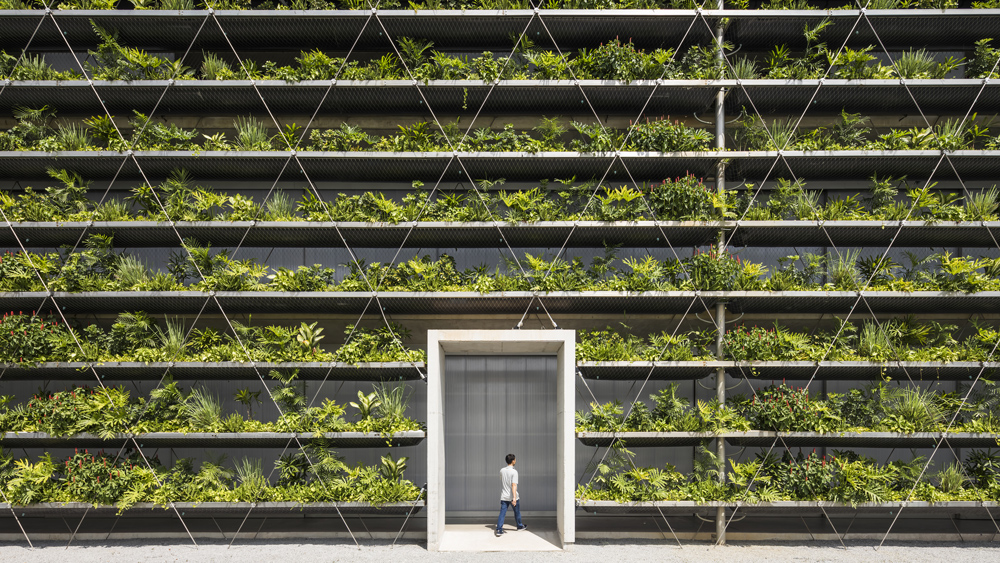
Together with Peter Jakob, the design team set themselves an objective to respond by design strategy to ambitious goals: to mitigate the environmental impacts of the tropical climate, to responsibly manage site rainfall as far as possible, to minimize energy consumption for cooling and ventilation throughout and to include indigenous, vernacular strategies in the search for passive and sustainable solutions to economies of energy, site water management and natural ventilation.
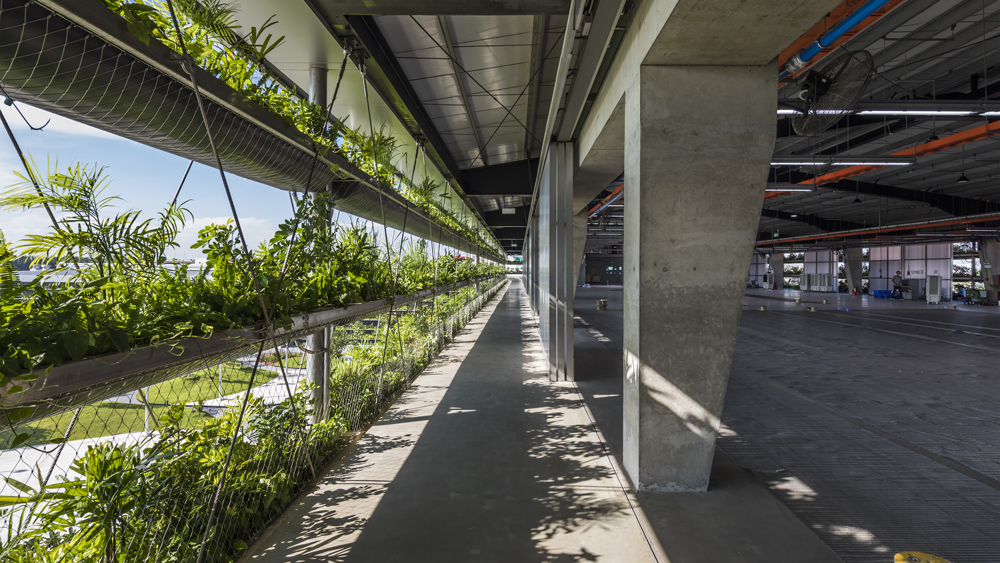
The Jakob factory achieved its goal by means of a combination of modern, sophisticated materials and traditional design strategies, a successful alternative to detrimental construction practices that by omission or convention often result in a typical, sealed, horizontally spread, energy-hungry,wasteful manufacturing building. Instead, the project uses strategies such as permeable, loadbearing paving materials for stormwater management that allow site water to percolate into the local aquifer while filtering out pollutants and mitigating erosion in the process. Another outstanding achievement vs. typical industrial park buildings is the use of vertical densification, or multi-story design – usable floor areas on stacked slabs. This saves floor space and offers employees the use of open areas below, available contact with the outside landscape for recreation whileavoiding unnecessary spread of horizontally organized services.
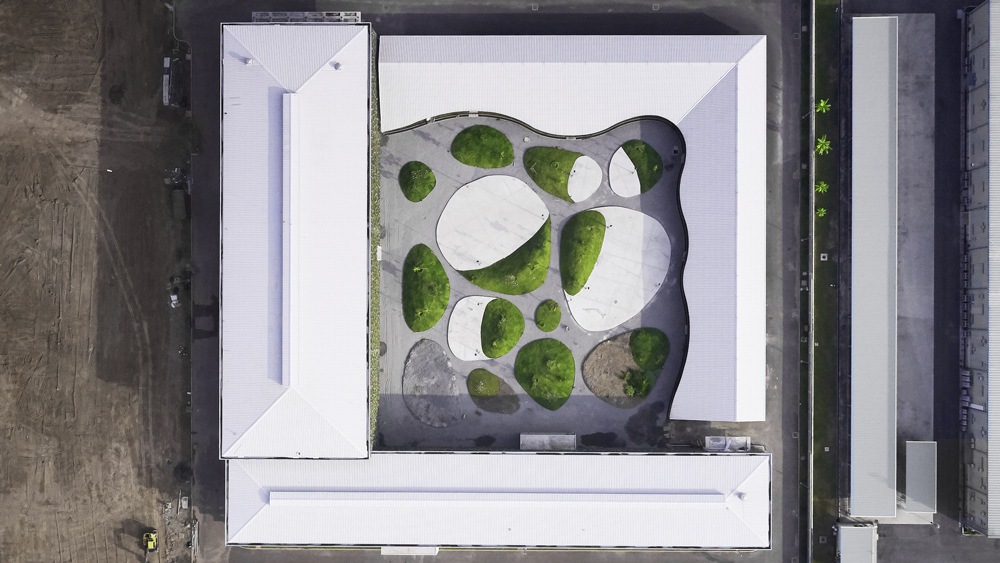
Ventilation by natural means is an environmentally passive alternative and benefit of the vertical stacking design vs. typical horizontal spread. Traditional natural ventilation is most effective when naturally ventilated spaces are narrow and tall; simply put, it is always more effective to have a significant elevation difference between the air entering a structure and the air exhausted from it. The greater this difference, the greater the motive force (buoyancy in this case) that moves the air through the building. For this to work so effectively, tall, sliding panels of translucent polycarbonate were installed to open up to 60% of the floor space in each area, guaranteeing comfortable temperatures, with passive ventilation and shade or lighting to the circulation corridor on the hottest, most humid days.
To complement the suite of green infrastructure strategies that make this design so successful, “hanging gardens”, a hybrid membrane/trellis of indigenous plants in container frames, supported by cables were designed and installed as modular parts to a complete an assembly of wire ropes, nets, frames and vegetation. The planter frames that support the green wall vegetation extend the entire length of the building’s facades. Over six kilometers of diagonally running wire ropes support up to nine levels of planters. The plants are bedded in fabric mats fitted to the stainless steel frames, wire ropes and Webnet© that support them, and are irrigated and fertilized automatically. This hybrid support system of stainless steel cable and Webnet© represents a unique matrix that sets the Jakob Rope Systems factory apart as a demonstration and icon for sustainable buildings of this type in a tropical climate.
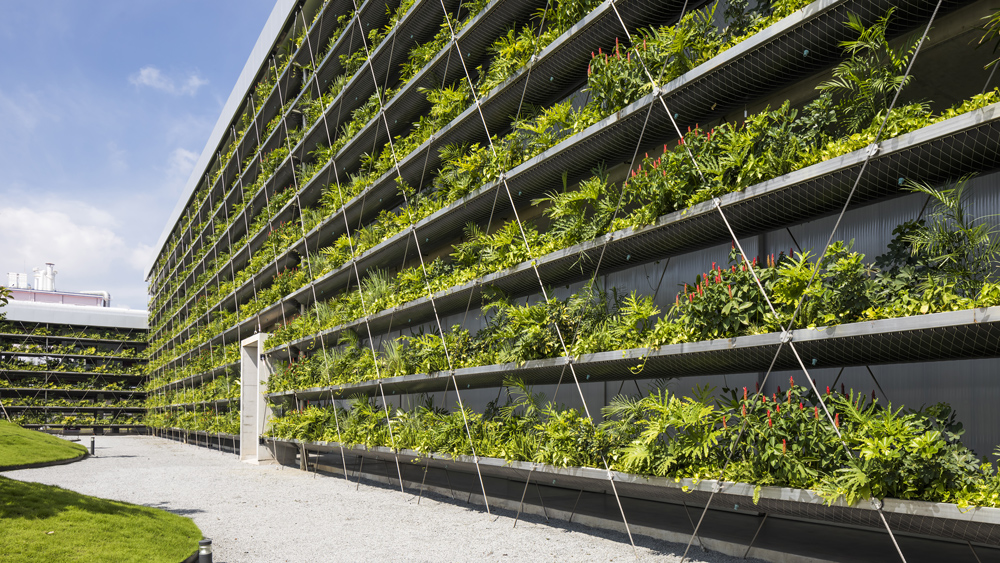
The ambient air quality in the corridors between the green walls and the concrete structure is further moderated by the presence of hundreds of framed containers of indigenous plants, especially chosen and curated for their generous leaf areas and ability to thrive in specific elevations and at various orientations to the sun. These plants serve not only to trap and bind airborne pollutants on the surfaces of the leaves, thereby cleaning the intake air, but affect the proximal air temperature by lowering it 2º to 7º degrees C. assuring the comfort of those using the corridors. The choice of endemic plants in the vegetative membrane contributes to a biodiverse habitat and ecology for local birds and insects.
The spacious courtyard at the center of the site hosts tree- and grass-covered ‘islands’ in freeform shapes. Between them, walkways are covered with swathes of gravel, allowing rain and surface water to seep into the permeable ground at Monsoon time, instead of allowing the stormwater to inundate the local drains. These areas function as important recreational diversions for employees, a playground for volleyball, table tennis and sports equipment.
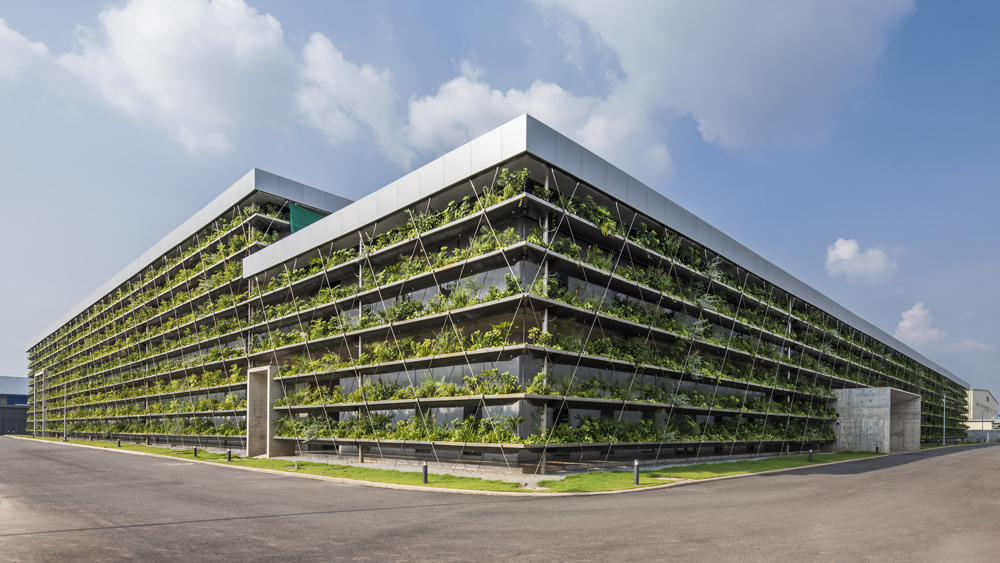
Working with the Climate: The adoption of structured landscape strategies (green infrastructure) to perform environmental services in the tropical environment can inspire developers of industrial parks, architects and other companies, providing benchmarks and sustainability goals for industrial building types. The Jakob Rope Systems factory project demonstrates the successful ability of hybrid structural green façades made with stainless steel cable systems to perform a multitude of services that are conventionally the task of traditional architecture. These can augment natural light, ventilation, cooling, shade, improve air quality and hydrological control with less environmental impact, while improving biodiversity and enabling the possibility of growing food in the system.
Passive Solar Energy: This year, 2022, the existing PV system is being expanded to include previously unoccupied roof and site areas to produce >1 million kilowatt hours of electricity per year, sufficient for most of the energy required by the site.
Looking to the Future:The Jakob Rope Systems, the architectural and engineering teams, as well as Peter Jakob, CEO, hope that Saigon factory can be an example of a new architectural approach, that holds for workers and employers alike, a mutual vision of a sustainable future and an equitable platform from which dignity, community and legacy of skilled work are honored and the needs of the environment as well as their economic future are respected.
Architects: Rollimarchini AG Architecten, Bern & G8A Architects, Saigon
Engineers, Green Façade system: Jakob Rope Systems
General Contractor Trung Hau Construction Group, Vietnam
Surface Area: 30,000 m2
Completion: 2020
Client: Jakob Rope Systems, Switzerland.
References
